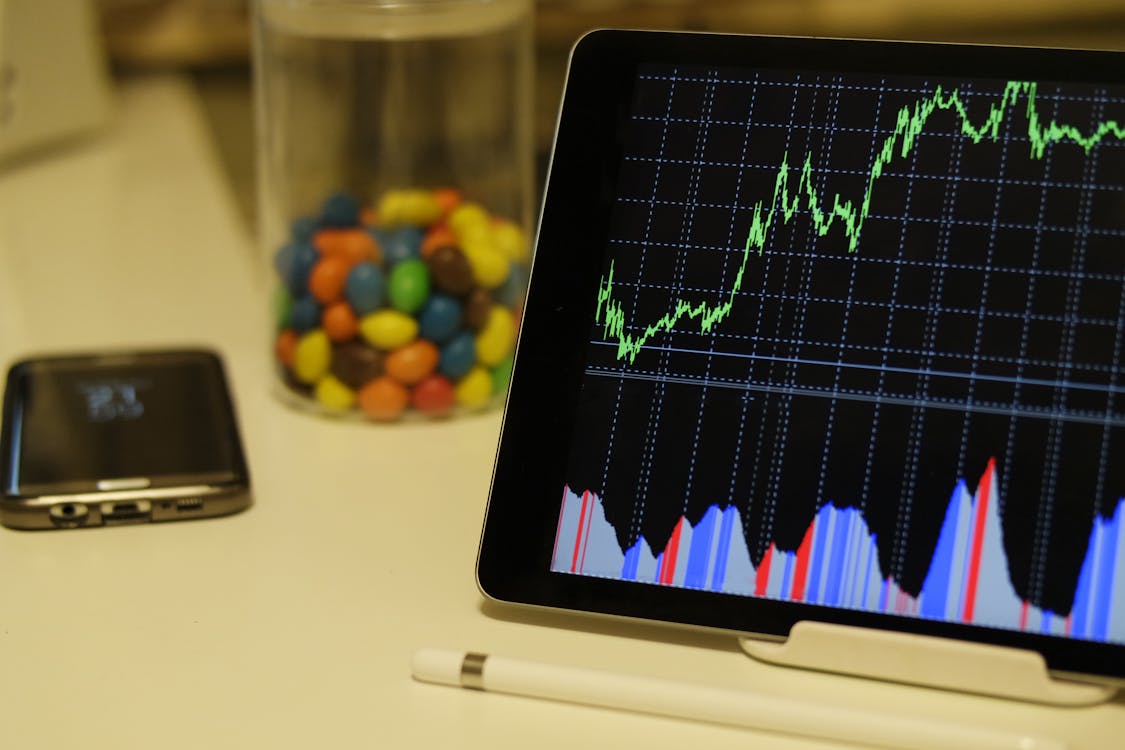Understanding Leverage And Its Impact On Trading
Author: ChatGPT
March 05, 2023
Introduction
Leverage is a powerful tool that can be used to increase the potential returns of a trading strategy. It is a way of using borrowed money to increase the size of a trade, and thus the potential profits or losses. Leverage can be used in both traditional markets, such as stocks and commodities, as well as in more exotic markets such as foreign exchange (forex) and cryptocurrencies. In this article, we will explore how leverage affects trading and what traders should consider when using it.
What Is Leverage?
Leverage is essentially borrowing money from a broker or other financial institution to increase the size of a trade. For example, if you have $1,000 in your trading account and you want to buy $10,000 worth of stock, you could use leverage to do so. The broker would loan you the additional $9,000 needed to make the purchase. This means that your potential profits or losses are magnified by the amount of leverage used.

The Pros and Cons of Leverage
The primary benefit of using leverage is that it allows traders to potentially make larger profits than they would otherwise be able to with their own capital alone. This can be especially useful for traders who are looking for short-term gains or who are trying to take advantage of market volatility. However, there are also some risks associated with using leverage that traders should be aware of before they start trading with it.
One risk is that if the market moves against your position then you could end up losing more than your initial investment due to the increased size of your position caused by leverage. This means that it’s important for traders to understand how much risk they’re taking on when they use leverage and ensure that they have enough capital in their account to cover any potential losses.
Another risk associated with leverage is that it can lead to overtrading if not used responsibly. When traders use too much leverage they may find themselves taking on too many trades at once which can lead them into making bad decisions or taking on too much risk at once which can lead them into making even bigger losses than expected.
Managing Risk When Using Leverage
When using leverage it’s important for traders to manage their risk appropriately by setting stop-loss orders and limiting their exposure per trade accordingly. Stop-loss orders allow traders to limit their losses if the market moves against them while still allowing them to take advantage of any potential gains from leveraging their positions. Traders should also ensure that they have enough capital in their accounts so that they don’t get margin called if the market moves against them unexpectedly due to leveraged positions being closed out automatically by their broker when their account balance falls below a certain level.
Conclusion
Leverage can be an effective tool for increasing potential returns but it also carries some risks which must be managed appropriately in order for traders to maximize their chances of success when trading with it. By understanding how leverage works and managing risk appropriately when using it, traders can potentially increase their profits while minimizing their losses when trading with leveraged positions.I highly recommend exploring these related articles, which will provide valuable insights and help you gain a more comprehensive understanding of the subject matter.:www.cscourses.dev/algorithmic-trading-matlab.html, www.cscourses.dev/algorithmic-trading-firms.html, www.cscourses.dev/algorithmic-trading-success-rate.html

